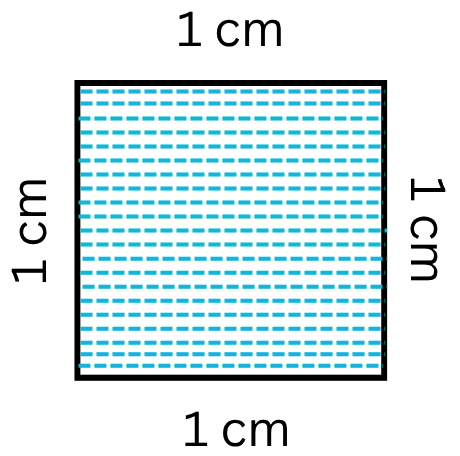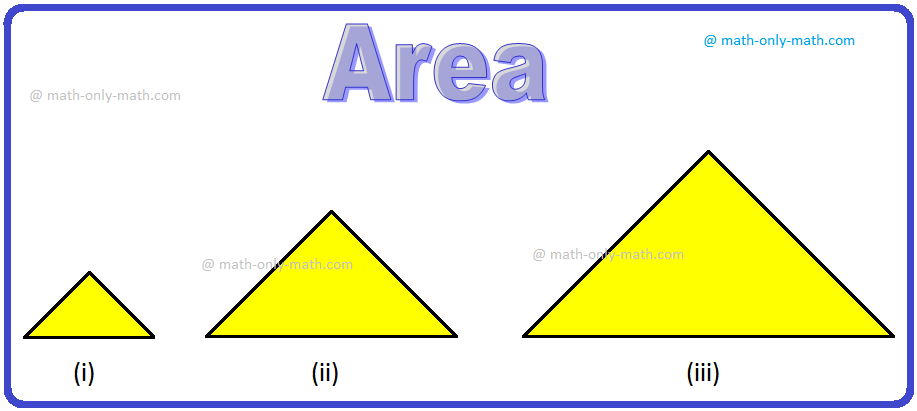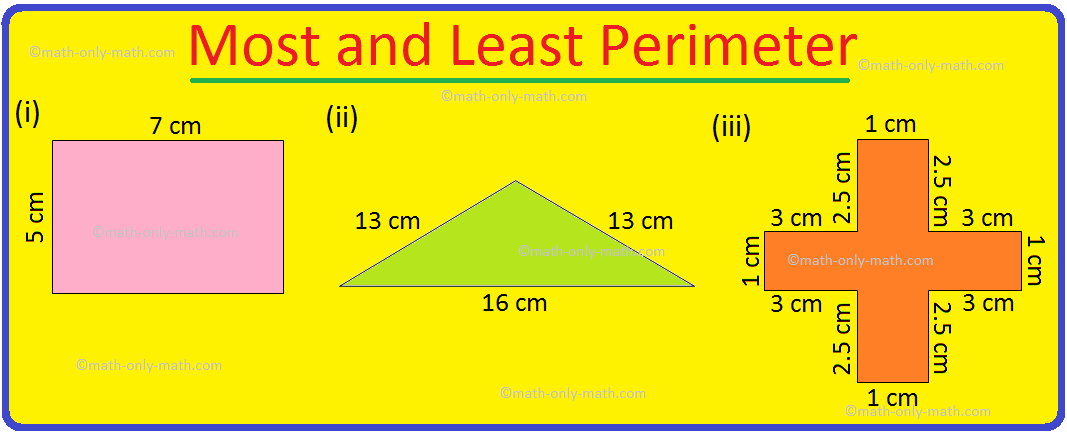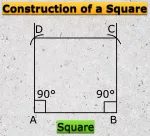Subscribe to our ▶️YouTube channel🔴 for the latest videos, updates, and tips.
Home | About Us | Contact Us | Privacy | Math Blog
Value Added Tax
Value added tax in short known as VAT.
We are already acquainted about the tax because a new method of realising tax on purchasing or selling of goods. In the earlier form of sales tax, the tax used to be realized by the government at a single point.
The manufacturer or importer of goods (wholesaler or stockist) was liable to pay sales tax to the government. Value added tax is the tax that is realized by the government at many points in the supply chain, right from the manufacturer to the retailer. Only the value added to the commodity at each stage is subjected to sales tax. The final incidence of sales tax remains with the consumer.
It is a tax on the value added at each transfer of goods, from the original manufacturer to the retailer.
Suppose for example, the rate of tax is 10% and a trader
purchases an article for $ 800, the tax he pays = 10% of $ 800 = $ 80
Now, if he sells the same article for $ 1150
The tax he recovers (gets) = 10% of 1150 = $ 115
Vat = Tax recovered on the sale - tax he paid on the purchase
= $ 115 - $ 80 = $ 35
Again, assuming that, a retailer purchases an article for $100 from the wholesaler. The wholesaler charges a sales tax at the rate of 10% on it as prescribed by the government for that variety of articles. Thus, the retailer pays $100 + 10% of $100, i.e., $100 + $10 (equals $110) to the wholesaler to have the article. The wholesaler gets $100 and he pays $10 to the government as sales tax. The retailer sells the article for $120 to the consumer and charges a sales tax of 10% on it as prescribed by the government. Thus, the consumer pays $120 + 10% of $120, i.e., $120 + $12 (equal $132) to the retailer to get the article. The retailer gets $120 + $10, i.e., $130 after paying $12 - $10, i.e., $2 as sales tax to the government. The retailer pays 10% of (sales price – cost price), i.e., ($120 - $100) to the government. Thus the retailer pays the tax on the added value or the raised value of the article. So, the value added tax for the retailer in this case $2.
The above example is summarized below to understand it better.
For the retailer we have;
Purchase price =$100
Tax paid on purchase = $10, (this tax is known as input tax)
Sale price = $120
Tax payable on sale price = $12, (this tax is known as output tax)
Input tax credit = $10
So, value added tax payable by the retailer = output tax – input tax
= $12 - $10
= $2
Note: VAT (value added tax) = output tax - input tax
● Sales Tax and Value Added Tax
- Calculation of Sales Tax
- Sales Tax in a Bill
- Mark-ups and Discounts Involving Sales Tax
- Profit Loss Involving Tax
- Value Added Tax
- Problems on Value Added Tax (VAT)
- Worksheet on Printed Price, Rate of Sales Tax and Selling Price
- Worksheet on Profit/Loss Involving Sales Tax
- Worksheet on Sales Tax and Value-added Tax
- Worksheet on Mark-ups and Discounts Involving Sales Tax
10th Grade Math
From Value Added Tax to HOME PAGE
Didn't find what you were looking for? Or want to know more information about Math Only Math. Use this Google Search to find what you need.
Recent Articles
-
Worksheet on Area of a Square and Rectangle | Area of Squares & Rectan
Jul 19, 25 05:00 AM
We will practice the questions given in the worksheet on area of a square and rectangle. We know the amount of surface that a plane figure covers is called its area. 1. Find the area of the square len… -
Area of Rectangle Square and Triangle | Formulas| Area of Plane Shapes
Jul 18, 25 10:38 AM
Area of a closed plane figure is the amount of surface enclosed within its boundary. Look at the given figures. The shaded region of each figure denotes its area. The standard unit, generally used for… -
What is Area in Maths? | Units to find Area | Conversion Table of Area
Jul 17, 25 01:06 AM
The amount of surface that a plane figure covers is called its area. It’s unit is square centimeters or square meters etc. A rectangle, a square, a triangle and a circle are all examples of closed pla… -
Worksheet on Perimeter | Perimeter of Squares and Rectangle | Answers
Jul 17, 25 12:40 AM
Practice the questions given in the worksheet on perimeter. The questions are based on finding the perimeter of the triangle, perimeter of the square, perimeter of rectangle and word problems. I. Find… -
Formation of Square and Rectangle | Construction of Square & Rectangle
Jul 16, 25 11:46 PM
In formation of square and rectangle we will learn how to construct square and rectangle. Construction of a Square: We follow the method given below. Step I: We draw a line segment AB of the required…






New! Comments
Have your say about what you just read! Leave me a comment in the box below. Ask a Question or Answer a Question.